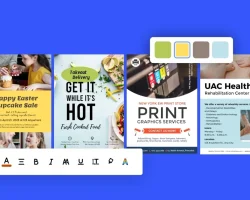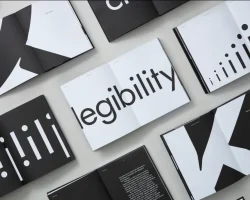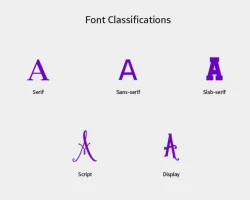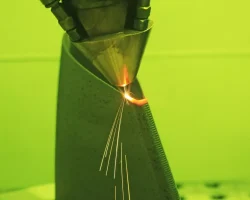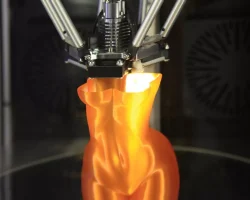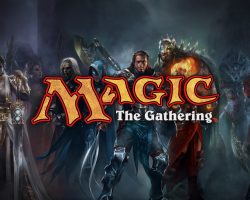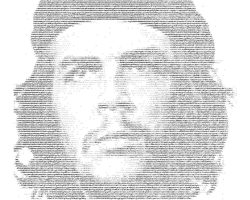There are many free fonts that can be used for commercial purposes. Here are some of the best free commercial fonts:
Arial
Arial is a versatile and default font that can be used for a variety of different purposes. It is easy to use and has a modern look, making it a good choice for high-qualityCommercial use.
Helvetica
Helvetica is a versatile and default font that can be used for a variety of different purposes. It is easy to use and has a modern look, making it a good choice for high-qualityCommercial use.
Arial Black
Arial Black is a versatile and default font that can be used for a variety of different purposes. It is easy to use and has a modern look, making it a good choice for high-qualityCommercial use.
Helvetica Neue
Helvetica Neue is a new and experimental font that is designed for high-quality Commercial use. It is easy to use and has a modern look, making it a great choice for a more modern and professional look.
There are a lot of free fonts out there, but not all of them are great for commercial use. In this blog post, we’re going to take a look at the best free fonts for commercial use.
There are a lot of different factors to consider when choosing a commercial font. The most important thing is that the font is easy to read and should be used in an appropriate context.
Here are some of the best free commercial fonts for you to check out:
Adobe’s Garamond is a great font for any website or document. It’s easy to read and has a modern look.
Font Squirrel has a wide variety of fonts that are perfect for a variety of purposes. Some of their fonts are designed for specific markets, such as healthcare, engineering, or business.
Adobe’s Arial is a great font for any website or document. It’s easy to read and has a modern look.
Apple’s Times New Roman is a great font for any website or document. It’s easy to read and has a classic look.
Google’s Sans Serif is a great font for any website or document. It’s easy to read and has a clean, modern look.
A lot of the free fonts that we’ve looked at are available in a multitude of different licenses. If you’re looking for a specific font or license, we can help you find it.
We hope that this blog post has helped you choose the best free commercial fonts for your needs. As always, if you have any questions, we can always help you out.
There are a variety of free fonts available for commercial use. While many of these fonts are designed for specific types of businesses, there are also a variety of fonts that are free for personal use. Here are some of the best free fonts for commercial use:
Montserrat
Montserrat is a typeface designed for use in advertising and design. It is available for free download on the web.
Montserrat is a very versatile font, being able to be used in a variety of different applications. It is perfect for text and logo design, and can be used in a variety of different languages.
Montserrat is a great font for web design and advertising. It is easy to use and has a wide range of options available to it. It is a great font for a variety of different purposes, and is perfect for creating high-quality text and logos.
Bold
Bold is a typeface designed specifically for use in advertising and design. It is available for free download on the web.
Bold is a versatile font, being able to be used in a variety of different applications. It is perfect for text and logo design, and can be used in a variety of different languages.
Bold is a great font for web design and advertising. It is easy to use and has a wide range of options available to it. It is a great font for a variety of different purposes, and is perfect for creating high-quality text and logos.
Times New Roman
Times New Roman is a typeface designed for use in advertising and design. It is available for free download on the web.
Times New Roman is a versatile font, being able to be used in a variety of different applications. It is perfect for text and logo design, and can be used in a variety of different languages.
Times New Roman is a great font for web design and advertising. It is easy to use and has a wide range of options available to it. It is a great font for a variety of different purposes, and is perfect for creating high-quality text and logos.
There are a ton of free fonts out there, but the best ones for commercial use are the ones that are licensed under a Creative Commons license. This way, you can use them in any project you want, without having to worry about whether or not you can use the source code. There are a lot of great free fonts out there, but the ones that we recommend are the ones that are licensed under a Creative Commons license.
